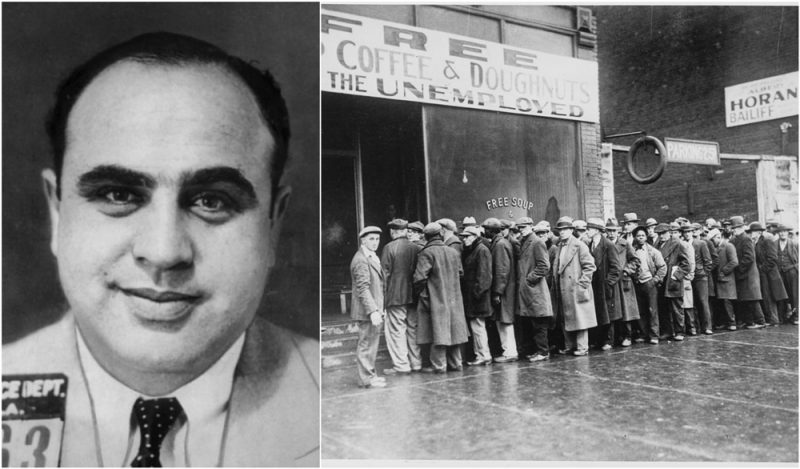Crime boss, gangster, and lawbreaker are the most common words used to describe Al Capone, one of the most notorious men of the 20th century.
He was born in Brooklyn to poor Italian immigrants and joined a street gang at a young age after he was expelled from school for punching a female teacher. Capone might have had a brighter future had he continued his education, but instead, he became America’s biggest crime boss.
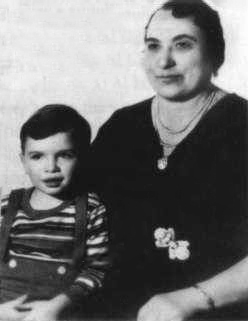
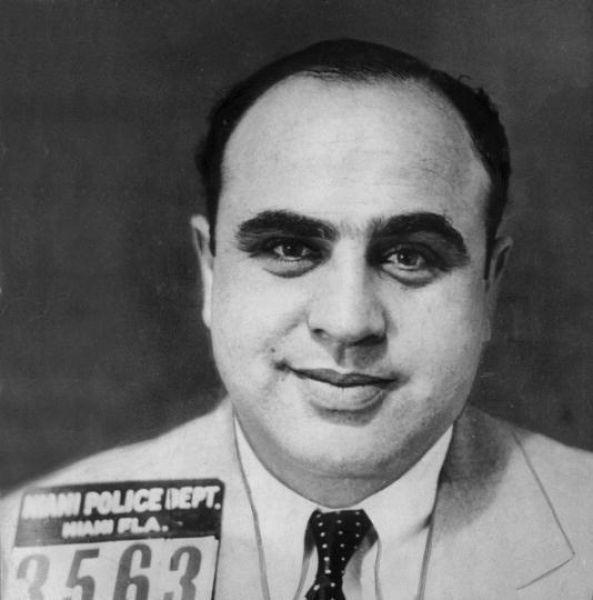
However, most people haven’t heard of the charitable support that Capone offered during a hard period for many Americans. In the 1930s, the Great Depression left a lot of citizens hungry and unemployed. Although he was a criminal to many, Capone was also respected community leader for a lot of people due to his charity. Some say that he did more for the citizens of Chicago, Illinois than the state itself did.
Al Capone’s Soup Kitchen, situated on what is now a parking lot on the corner of 9th and State St, served over 120,000 meals to hungry people. The free soup kitchen kept regular working hours, serving breakfast, lunch, and dinner and fed thousands every day despite only having a few employees.
The kitchen, which was demolished 20 years after the Depression, was a place that provided warm meals for unemployed people thanks to Capone. Besides his charity, Capone was also known for sending expensive flowers to rival gang member’s funerals, and for his generosity to strangers and Italian immigrants.
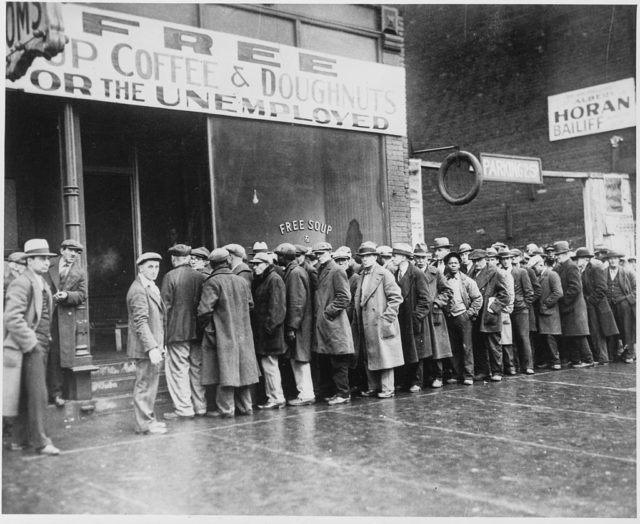
Condemned as an effort to make up for his past, Capone’s charity actually provided a much-needed counterbalance to his bad reputation. Most people don’t really see him as a bad person, anyway. Even the illegal fortune he made smuggling alcohol was seen as an act of bravery, considering the harsh restrictions of prohibition at the time.
While part of the Five Point Gang, Capone was involved in organized criminal activities such as brothels and massacres. He was known as Scarface, the co-founder of the Chicago Outfit. After organizing and ordering the Saint Valentine’s Day Massacre in Chicago, the modern Robin Hood (as many liked to call him) became “Public Enemy No. 1.”
After seven years as a crime boss, he was convicted of tax fraud at the age of 33 and given a sentence of 11 years in prison. Capone became one of the earliest prisoners at Alcatraz in San Francisco. However, his calm temperament convinced the government that he wasn’t a troublemaker and that he could be transported to another facility.
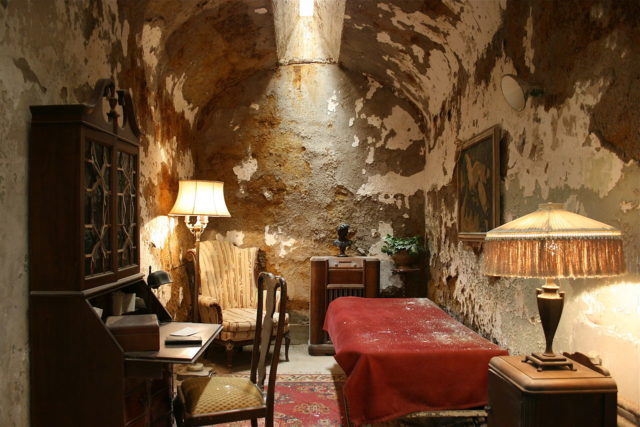

While serving his sentence in Alcatraz, Capone was diagnosed with syphilis dementia. As his health deteriorated, he was sent to the low-security Federal Correctional Institution at Terminal Island near Los Angeles to serve the end of his sentence. He was released from prison in 1939.
One year before his death, Capone’s psychiatrist concluded that he had the mentality of a 12-year-old child. He spent his last years at his mansion in Palm Islands, Florida, where he died from fatal cardiac arrest after suffering a stroke in 1947.

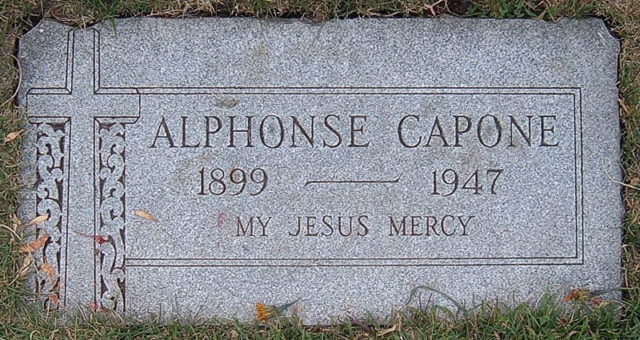
Although he was known for his cruel way of dealing with enemies, Capone was a man who would walk among people, offering a handshake and an encouraging smile.
Visitors from all over the world still visit Chicago and drive by Capone’s old house or visit his grave.
